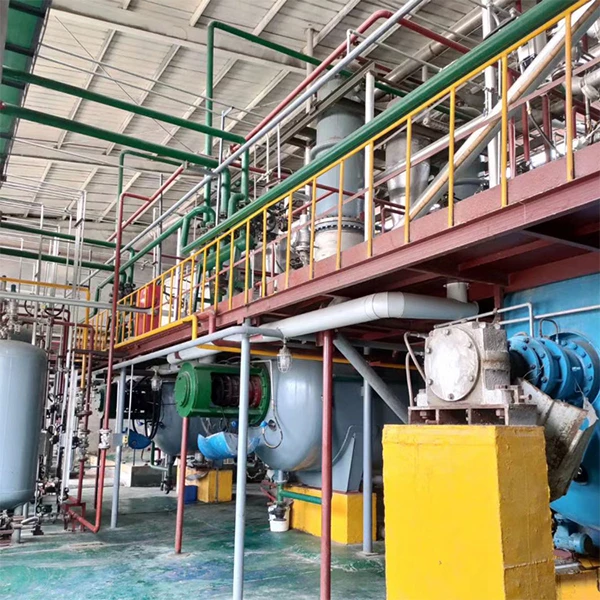The Significance of Cellulose and Hydroxypropyl Methylcellulose (HPMC) in Modern Applications
In recent years, the demand for sustainable and efficient materials has driven an increase in the use of cellulose and its derivatives, most notably Hydroxypropyl Methylcellulose (HPMC). Derived from natural cellulose, HPMC is a non-ionic polymer that finds extensive application across various industries due to its unique chemical and physical properties.
Understanding Cellulose and HPMC
Cellulose, a biopolymer found in plant cell walls, is one of the most abundant organic compounds on Earth. It serves various functions in plants, including providing structural support. In the realm of industrial applications, cellulose is instrumental not just for its abundance, but also for its renewability and biodegradability. However, cellulose itself is not readily soluble in water, which limits its direct usability in many applications.
HPMC overcomes this limitation. By introducing hydroxypropyl and methoxy groups into the cellulose structure, HPMC becomes soluble in water and non-toxic. This alteration not only enhances solubility but also imparts distinct properties, including thickening, emulsifying, and film-forming characteristics. This makes HPMC an ideal candidate for a plethora of applications across diverse sectors.
Applications of HPMC
1. Pharmaceuticals One of the most significant applications of HPMC is in the pharmaceutical industry. It is widely used as a binder in tablet formulations and as a controlled-release agent. Due to its ability to form gels in the presence of water, HPMC is crucial in the development of sustained-release tablets, allowing for the gradual release of medications over time. Its biocompatibility and non-toxicity further enhance its appeal in drug formulations.
cellulos hpmc

2. Food Industry In the food sector, HPMC is utilized as an additive that improves texture, stability, and shelf-life. It acts as a thickener and emulsifier, making it a common ingredient in sauces, dressings, and baked goods. Its ability to retain moisture is also beneficial in maintaining the freshness of food products.
3. Construction HPMC plays a vital role in the construction industry as a water-retaining agent in mortars and plasters. Its inclusion improves workability and prevents cracking and shrinkage of materials during the drying process. The properties of HPMC can enhance the performance of construction materials, making them more effective and durable.
4. Cosmetics and Personal Care The cosmetic industry also benefits from HPMC, which is often incorporated into creams, lotions, and gels. Its thickening and stabilizing properties help maintain the consistency of products, while its mildness makes it suitable for sensitive skin applications.
5. Environmental Considerations The use of cellulose and HPMC plays a positive role in promoting environmental sustainability. Being derived from natural sources, HPMC contributes to reducing the reliance on synthetic polymers, which are often petroleum-based. The biodegradability of cellulose ensures that it does not pose long-term environmental hazards, making it a responsible choice for modern applications.
Conclusion
In conclusion, cellulose, particularly in the form of Hydroxypropyl Methylcellulose (HPMC), has become an essential material across multiple industries. Its versatility and favorable properties make it indispensable in pharmaceuticals, food, construction, and personal care products. As industries increasingly shift towards sustainable practices, HPMC stands out as a prime example of how natural materials can be harnessed to meet modern demands, marking a significant step toward a more sustainable future.
-
Premium Detergent Grade HPMC Hydroxypropyl Methylcellulose: Superior Thickening & StabilityNewsAug.31,2025
-
HEC 100000 Hydroxyethylcellulose for Paint | Superior ThickeningNewsAug.30,2025
-
Wall Putty Rdp Powder Packaging DesignNewsAug.29,2025
-
Introduction to Hpmc Hydroxypropyl Methyl CellulosNewsAug.29,2025
-
Hpmc Industri Grade IntegrationNewsAug.29,2025
-
How to Choose the Right Construction AdhesiveNewsAug.29,2025




